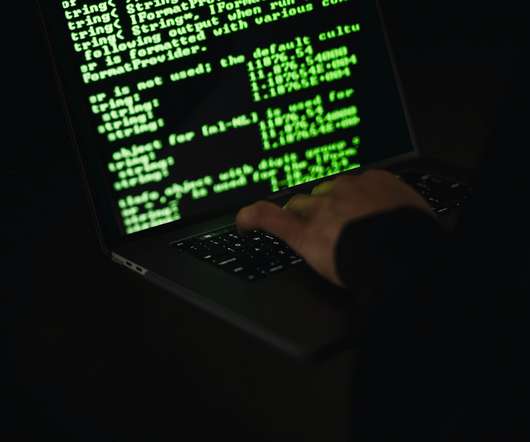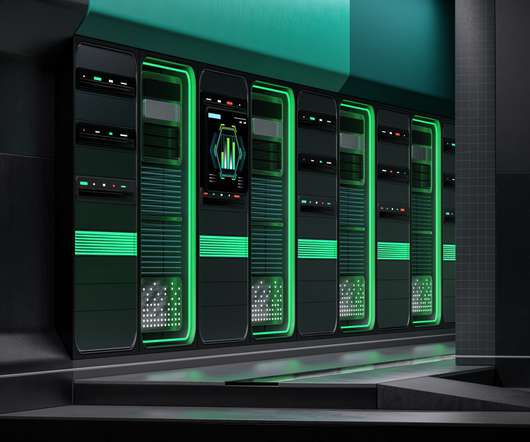Zero-Click Attacks a Growing Threat
eSecurity Planet
FEBRUARY 22, 2022
Most attacks make would-be victims click to install malware or redirect them to a phishing page to steal their credentials. There is no need for social engineering , as the program can implant backdoors directly without forced consent. Zero-click attacks remove this hurdle.














Let's personalize your content